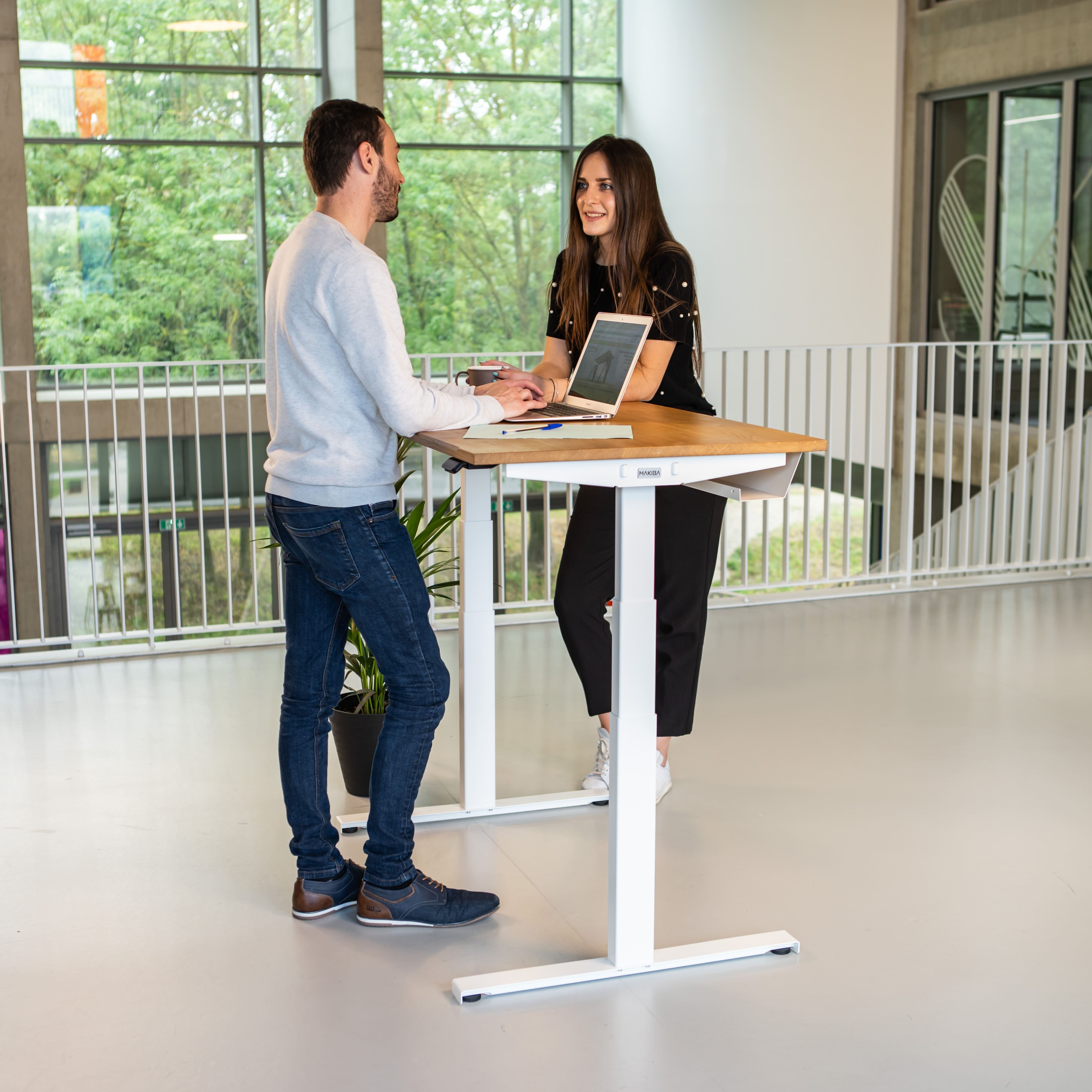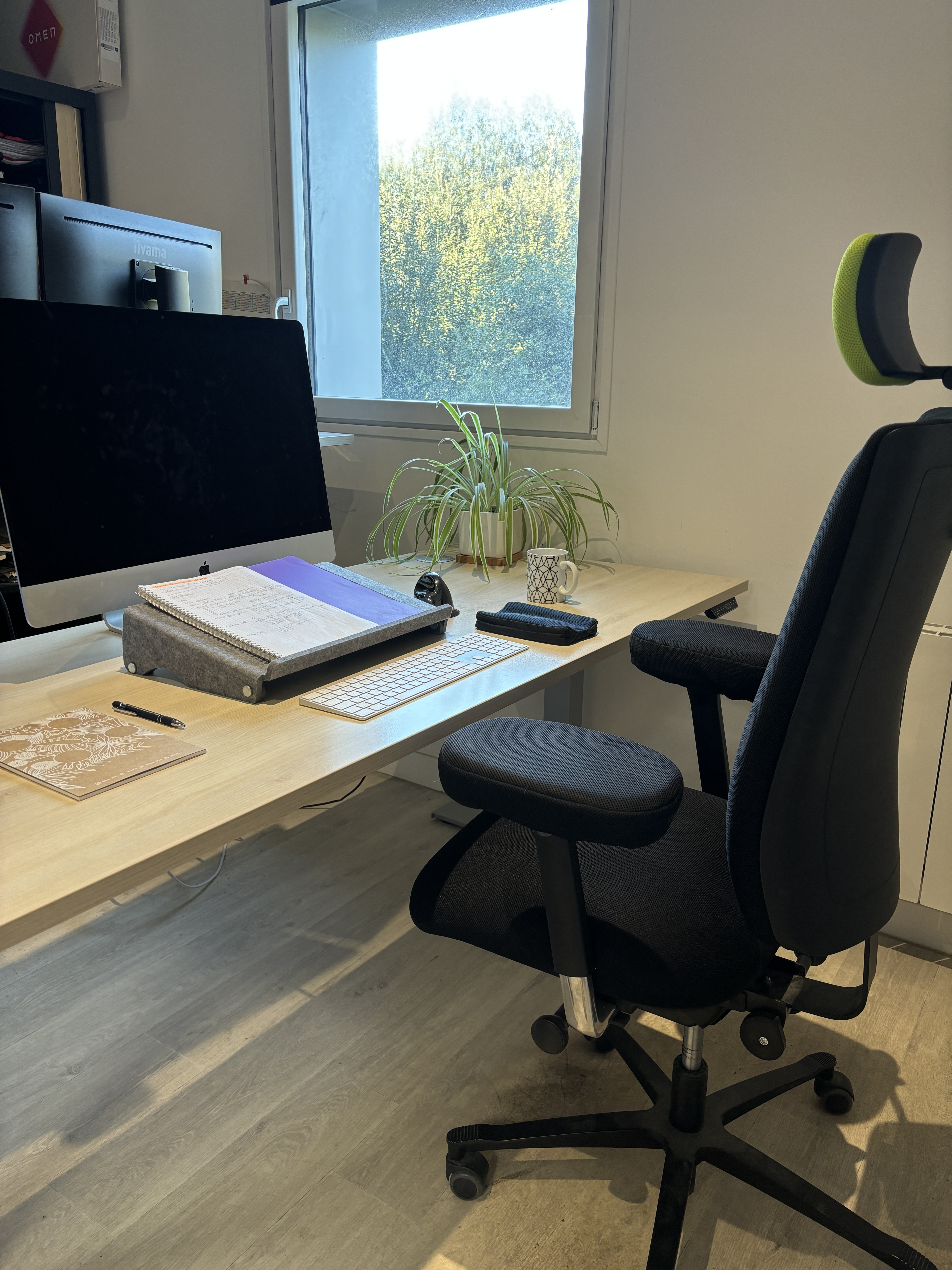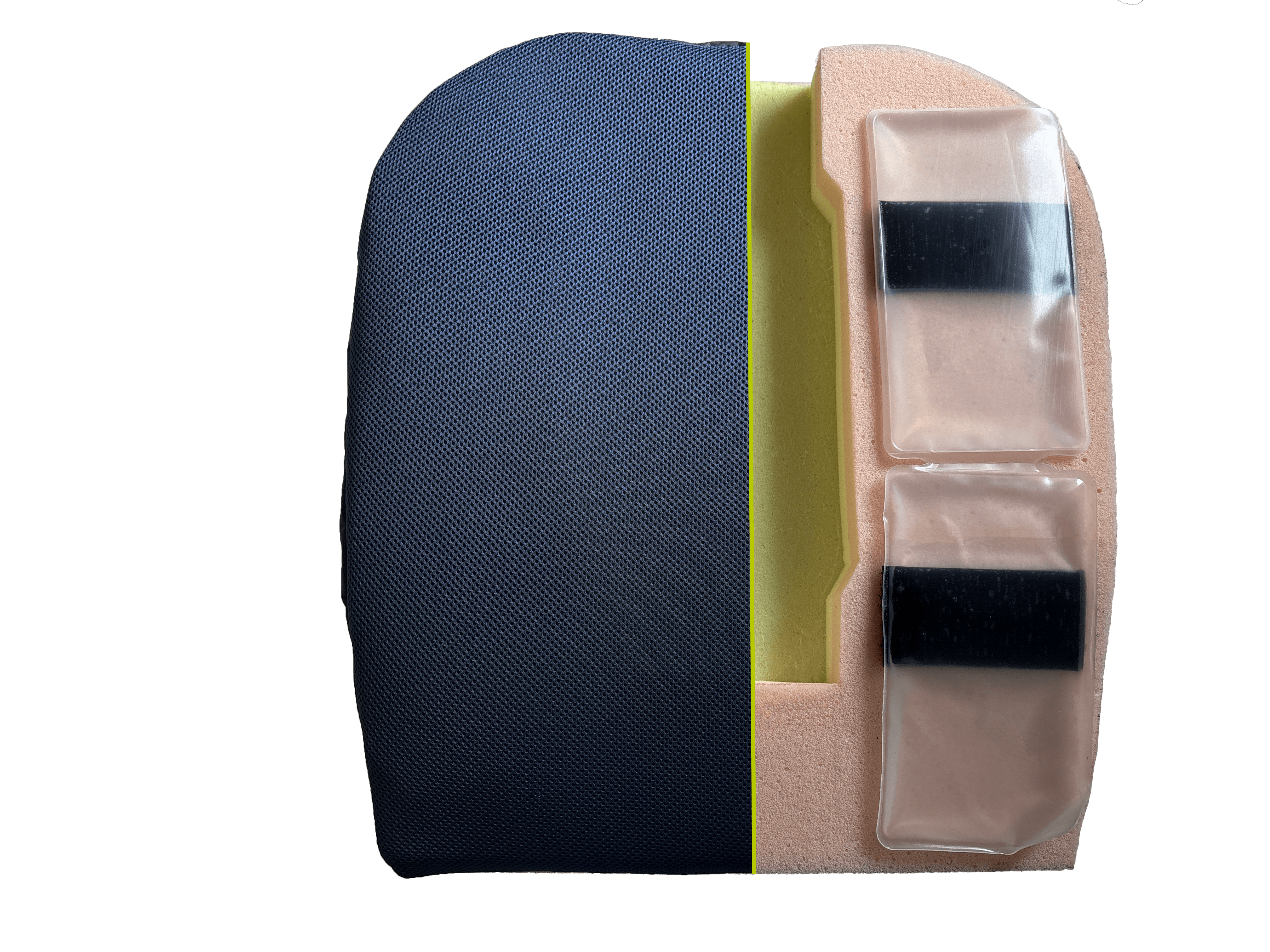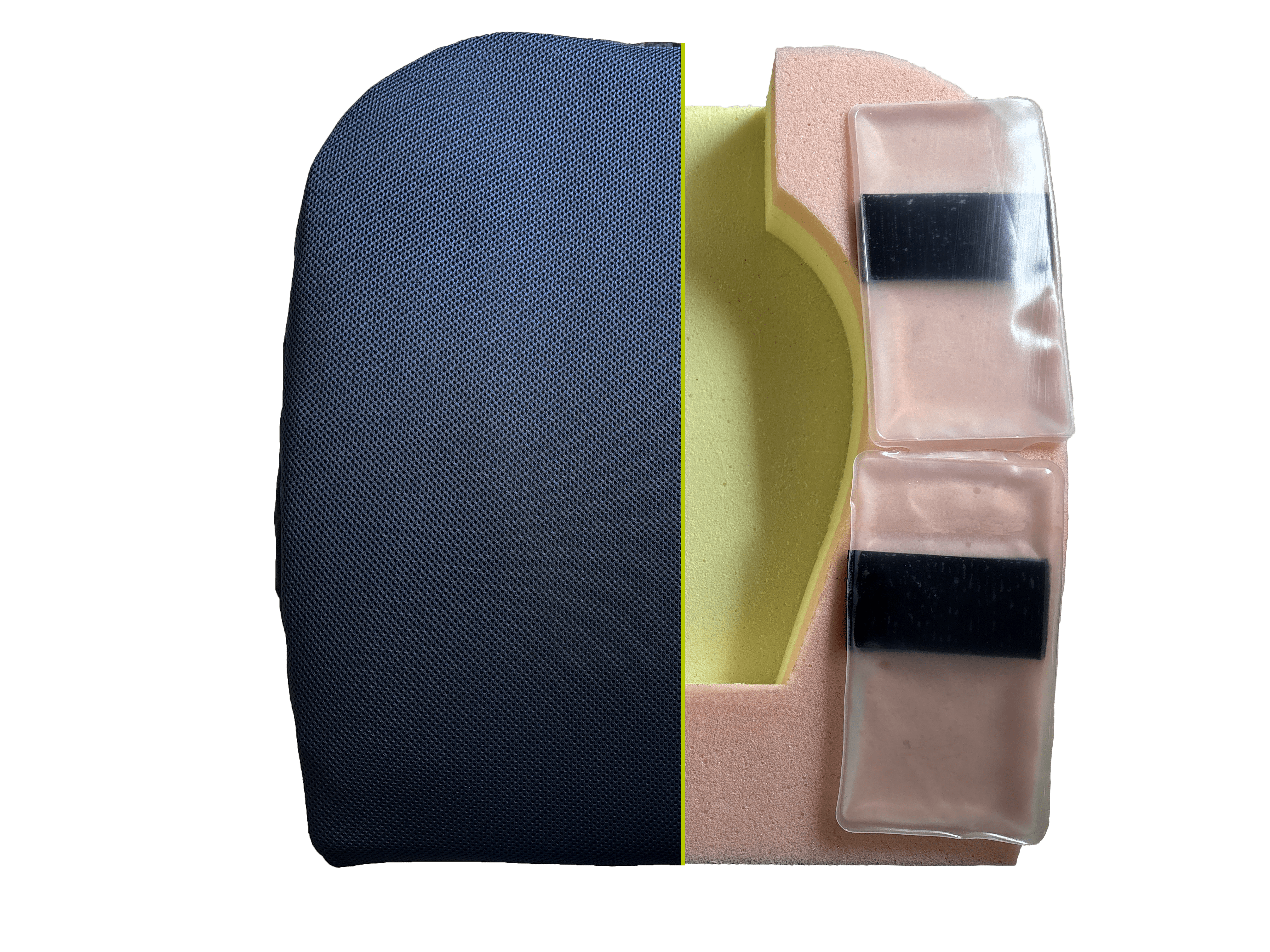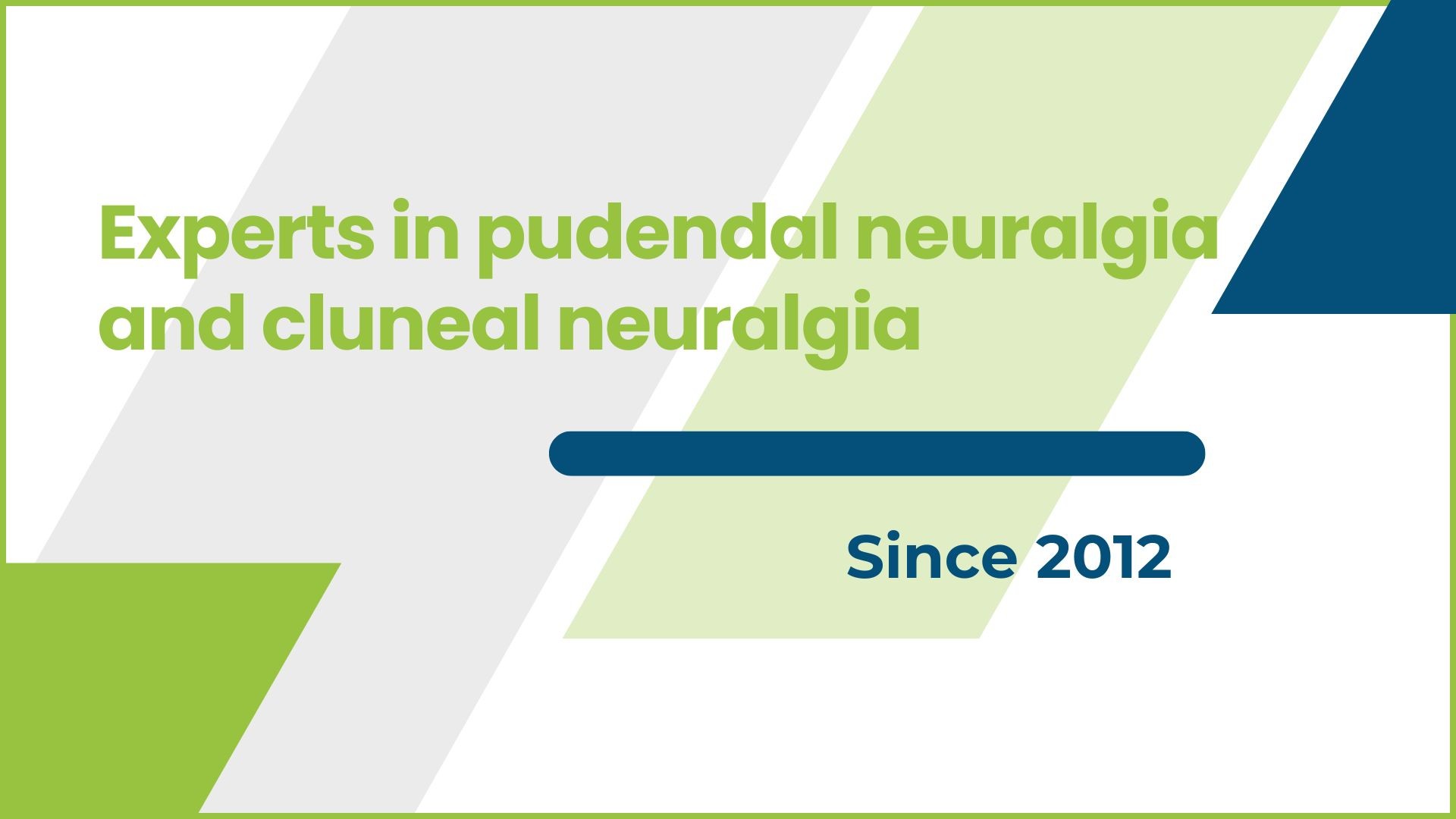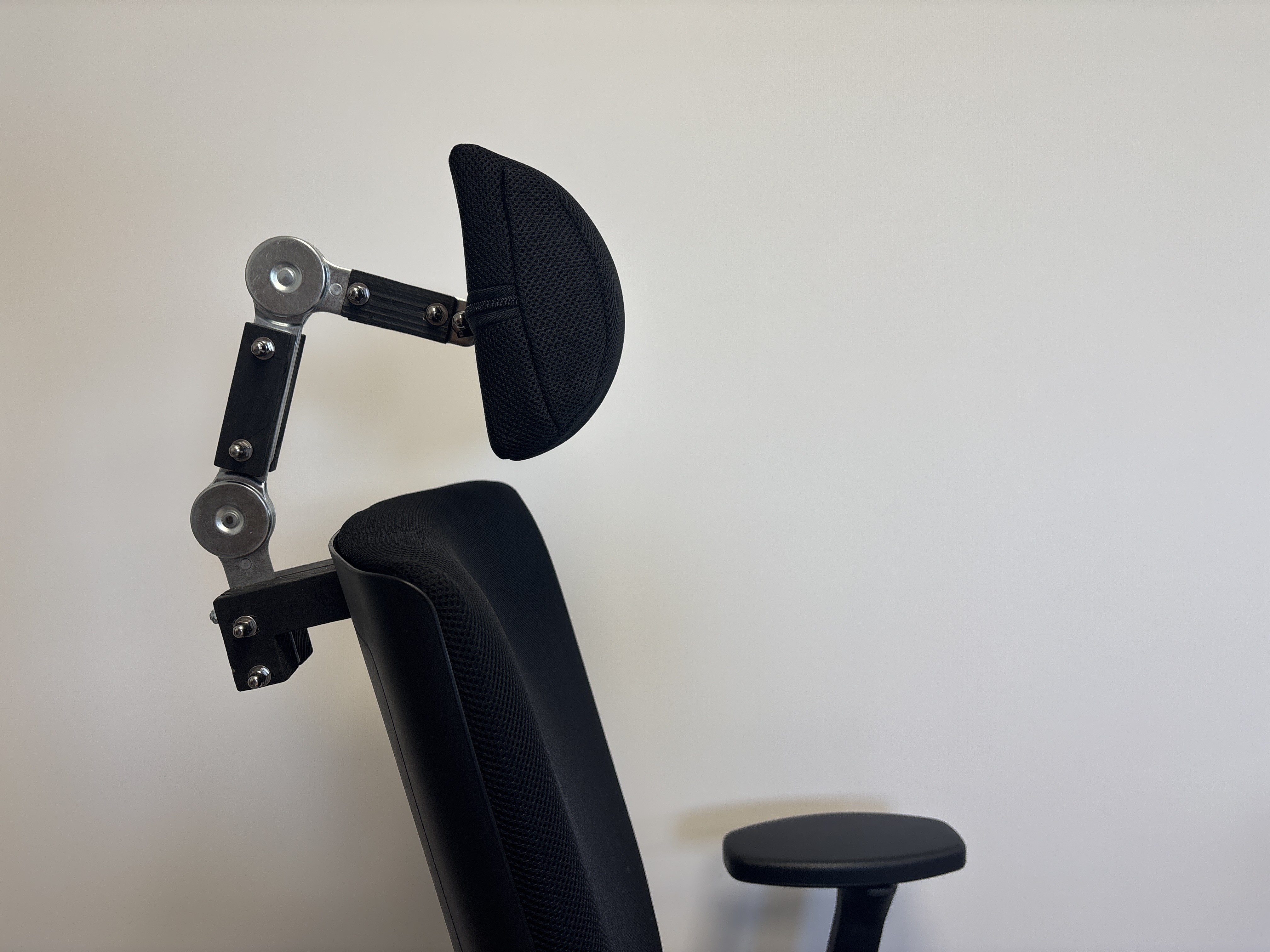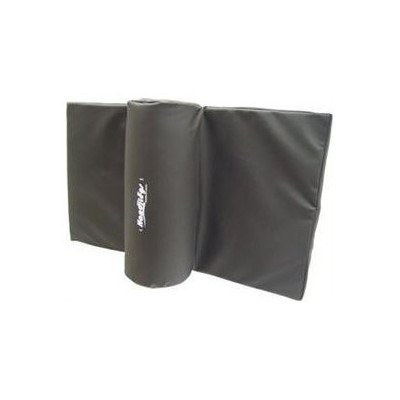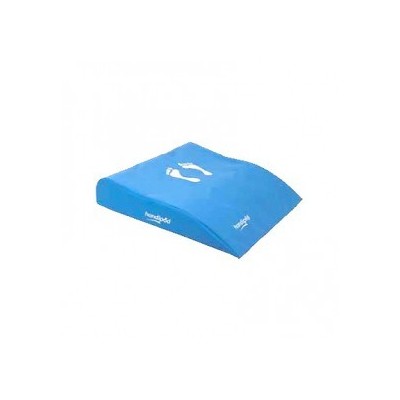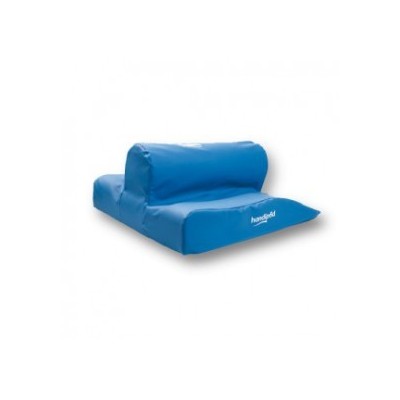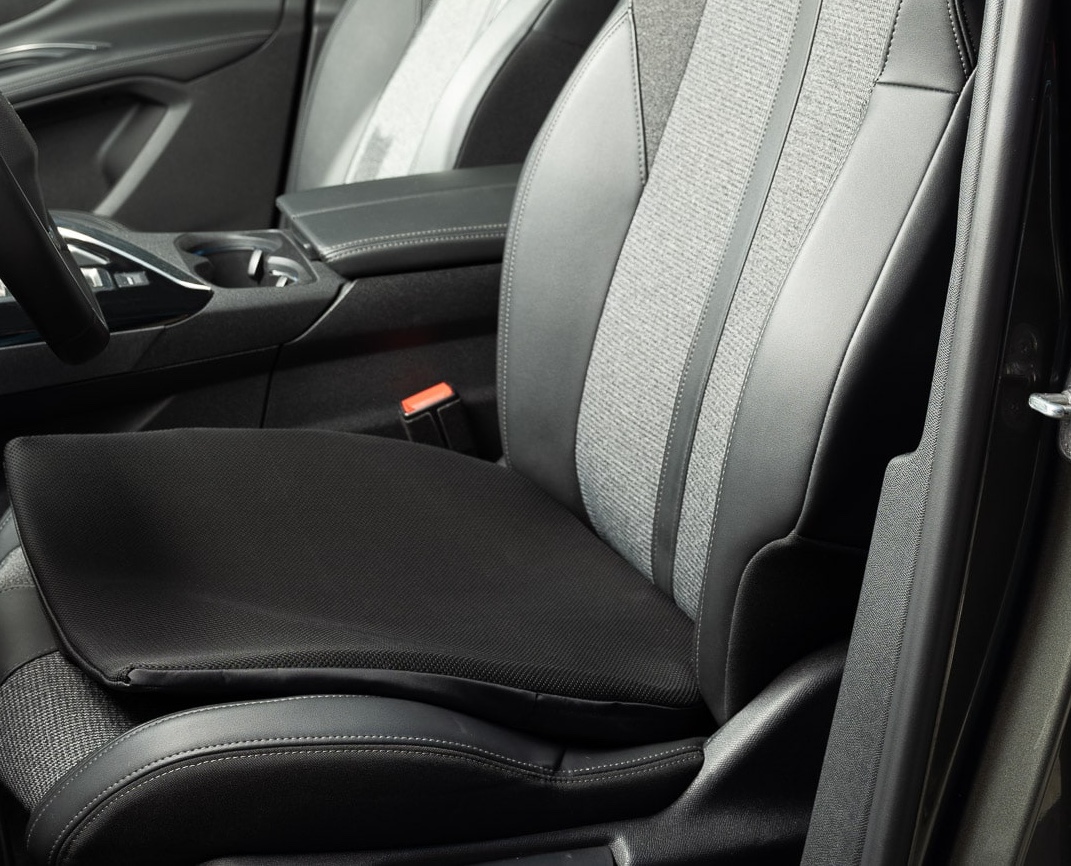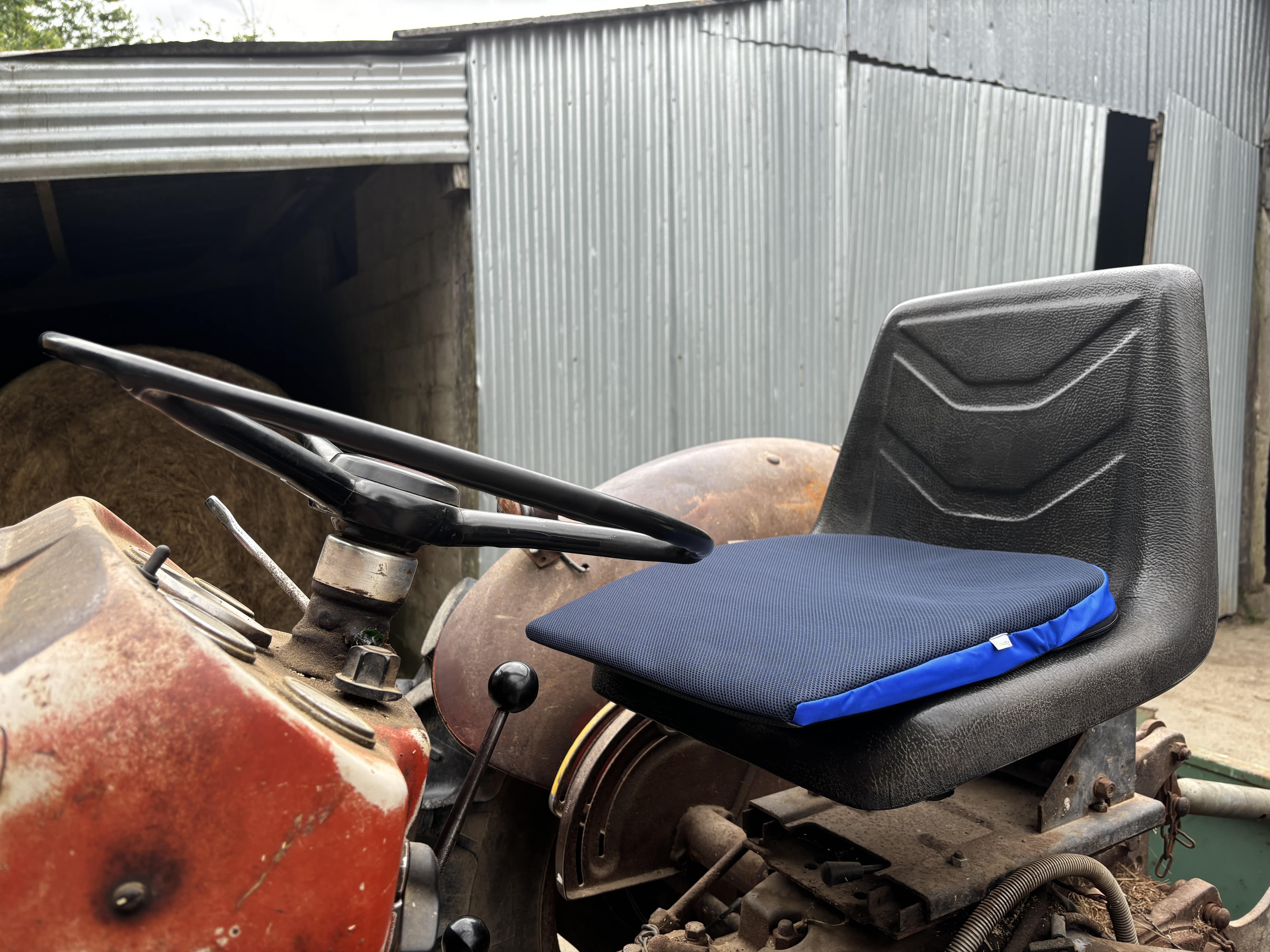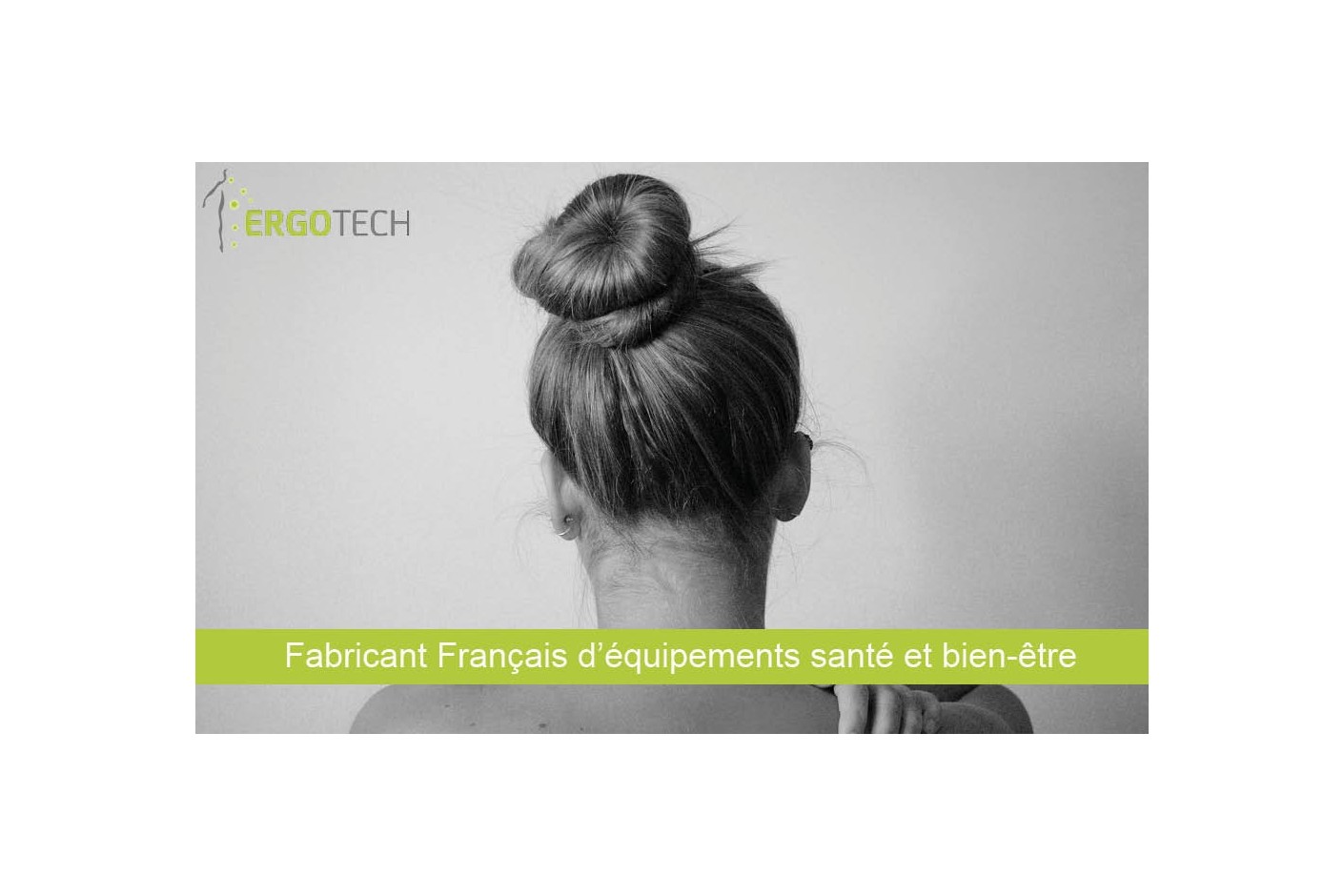
Sacrum Pain, Back Pain: Why Do We Hurt When Sitting?
How does the spine work?
To understand where your back pain and sacrum pain come from, it's important to understand how the spine functions. The spine consists of 24 vertebrae:
- • 7 cervical vertebrae
- • 12 thoracic vertebrae
- • 5 lumbar vertebrae
- • 5 sacral vertebrae, which are fused and form the sacrum
- • 4 coccygeal vertebrae, which are fused and form the coccyx
The vertebrae are separated by an intervertebral disc that absorbs shock and weight placed on the vertebrae during movement.
Nerves also run through the spine. These nerves originate at the brainstem and descend through the spine to innervate various parts of the body.
Sometimes nerves may be compressed along their path, for example when a herniated disc presses on the sciatic nerve, causing lower back pain that radiates into the leg (sciatica caused by a herniated disc).
Prolonged Sitting and Pain
Why does my sacrum hurt when sitting?
The sacrum is a pelvic bone made of 5 fused vertebrae. It is located between the spine and the coccyx and is also connected on each side to the iliac bone (pelvic bone), forming the sacroiliac joint.
Throughout the day, the body and spine compress under gravity. In a seated position, this pressure is exerted on the coccyx and sacrum, which can cause sacrum pain during prolonged sitting. Compression on the coccyx and sacrum while sitting can also lead to nerve compression near the sacrum and thus sacrum pain.
During prolonged sitting, it is also common to feel tingling and numbness in the buttocks.
Why does my back hurt after sitting too long?
A prolonged posture, whether sitting or standing, leads to muscle contractions to maintain posture, which promotes back pain when sitting.
Poor sitting posture can also cause back pain. After several hours seated, it is common to slouch forward. The spine then becomes rounded forward, which contradicts its natural curve.
This position also compresses the abdomen and pinches the intervertebral discs forward, which can irritate the nearby nerves.
Other bad habits, such as not using the chair’s backrest or not keeping your feet flat on the floor, force us to unconsciously compensate with muscle contractions to hold the position, which also causes back pain during prolonged sitting.
The back pain caused by poor posture and discomfort then leads us to frequently change position, shifting weight from one side to the other in search of relief. These adjustments create muscle tension and result in even more back pain.
How to Relieve Sacrum Pain?
To relieve coccyx and sacrum pain or back pain, it’s important to reduce the strain placed on the body in a sitting position as previously discussed: poor postures that strain the body, and muscular tension needed to maintain prolonged sitting.
Ideally, alternate between sitting and standing positions to encourage movement. Our bodies are built to move: movement allows muscles to breathe, releases tension, and reduces pressure on the coccyx and sacrum while sitting.
When alternating positions is not possible or not enough, using a sacrum relief cushion can reduce the pressure and compression on the coccyx and sacrum while sitting.
Different models of coccyx and sacrum cushions are available for different settings:
CHAIR CUSHION CAR CUSHION CONSTRUCTION CUSHION
In addition to relieving sacrum pain when sitting, these ergonomic cushions also help reduce back pain by correcting sitting posture to make it less taxing on the body: with greater thickness at the back, these seat cushions help straighten the back into a more natural spinal curve and open the pelvis to limit abdominal compression.

